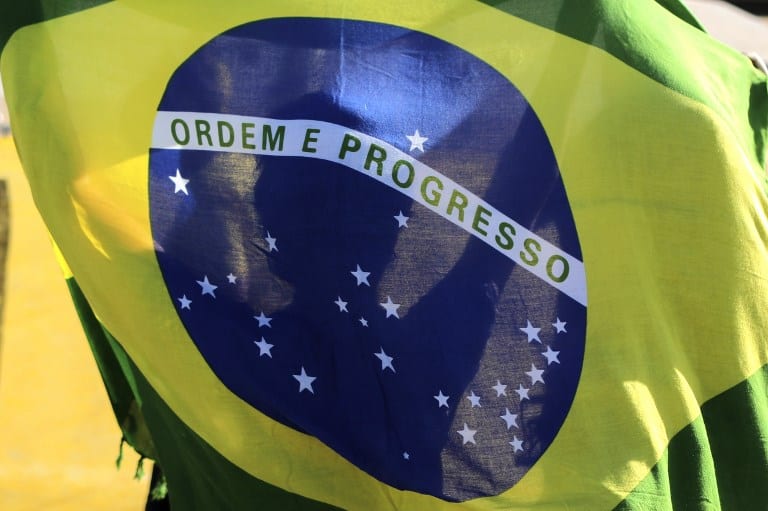Virus-hit Brazil’s unemployment rate rose to 13.3% in the April-June quarter, its highest in three years, according to official figures released Thursday that show 8.9 million jobs lost during the period due to the pandemic.
The figure represents a rise of 1.1 percentage points over the previous quarter, and is the highest since the March-May 2017 quarter, according to the Brazilian Institute of Geography and Statistics (IBGE).
Most Brazilian states began lifting lockdown measures in June, although the country’s COVID-19 death toll is approaching 100,000 — the second highest tally in the world.
The IBGE said 12.8 million people are looking for work in Latin America’s biggest economy, while 83.3 million Brazilians were employed in the second quarter, 9.6 percent less than in the first.
“Of the 8.9 million people who lost their jobs, 6 million were working in the informal sector,” without an employment contract or the equivalent, IBGE analyst Adriana Beringuy said in a release.
Nearly a quarter of the jobs lost — 2.1 million — were in the trade sector, hit particularly hard by lockdown measures aimed at containing the pandemic.
Another hard-hit sector was domestic workers, such as cleaners and child caregivers, with a 21 percent drop in the number of jobs compared to the first quarter.
In the second half of the year, the IBGE identified a record number of “discouraged” people, who would be able to work, but have given up looking for work.
“Most people who are not looking for a job say they had to stop looking because of the pandemic,” said Beringuy.
At the end of July, Adolfo Sachsida, the government’s secretary for economic policy, told the daily Folha de S. Paulo in an interview that he feared unemployment figures would “skyrocket” in September.
“We have to be ready to deal with this problem, which is going to hit Brazilian society hard,” he said.
On Wednesday the Central Bank lowered its key rate by 0.25 points to two percent, a new historic low, in an attempt to revive the economy.
Industrial production fell by 10.9 percent in the first half of the year compared with the first six months of 2019, despite a sharp 8.9 percent rebound in June.
Analysts consulted by the Central Bank’s weekly Focus survey expect GDP to contract by 5.66 percent this year, a forecast that is less pessimistic than a month ago, when it was 6.5 percent.








